It is not unusual for your phone to have a s Androidem more RAM than the computer you are working on. On the current ones Androidech we easily get to 12 GB of RAM, which is available for example in the highest configuration of models Galaxy S22 Ultra or Google Pixel 6 Pro. Some phones also have 16 GB of RAM. On the other hand, the iPhone 13 Pro has only 6 GB, the iPhone 13 even only 4 GB. They work just as well (or even better) than the most equipped ones Androidy. How is it possible?
What is RAM?
In computer science, RAM is the term used for read-write direct access semiconductor memory. There are multiple types of RAM, but the SDRAM used in smartphones is volatile. Unlike non-volatile phone flash memory where they are informace stored long-term, RAM can store informace only while the device is on. It's basically the working memory of the phone - it contains informace, which the device is currently actively using.
The more RAM a phone has, the more things it can store in its operating memory. As you open more apps (or more content within one app), the phone allocates available RAM to each new process. When there's no more available RAM left, the device has to decide which processes to kill to keep things running smoothly. All things being equal, a phone with 8GB of RAM will be able to hold more active processes than a phone with 4GB of RAM, so jumping between activities will be faster on a phone with more RAM.
You could be interested in

Android needs more RAM than iOS
There is no definite reason, but rather several factors that contribute to this fact. First, the app for Android a iOS they are built differently. Every year there are only a few new iPhones and iPads that run on similar hardware. Because the app for iOS run only on a few homogeneous chipsets, they can be built specifically for these chipsets using so-called native programming languages (especially Swift and Objective-C). Code written for applications for iOS is compiled directly into instructions that processors Apple understand without any translation.
On the other hand, the system Android running on virtually an unlimited number of different devices, the same apps must run on chipsets from Qualcomm, Samsung, MediaTek and others. Since it would be impossible to manually ensure compatibility with all these different hardware configurations, the applications for Android written in programming languages (Kotlin and Java), which can be translated into some kind of common language, which is then translated a second time into native code for that chipset. This common language is called bytecode.
Bytecode is not specific to any particular hardware, so the device must convert the code to native code before running. Compared to running native code directly, as the system does iOS, this process takes up additional resources, meaning an app that looks and works the same across systems Android a iOS, will be for its run on the device Galaxy The S22 typically requires more available RAM than the iPhone 13.
You could be interested in
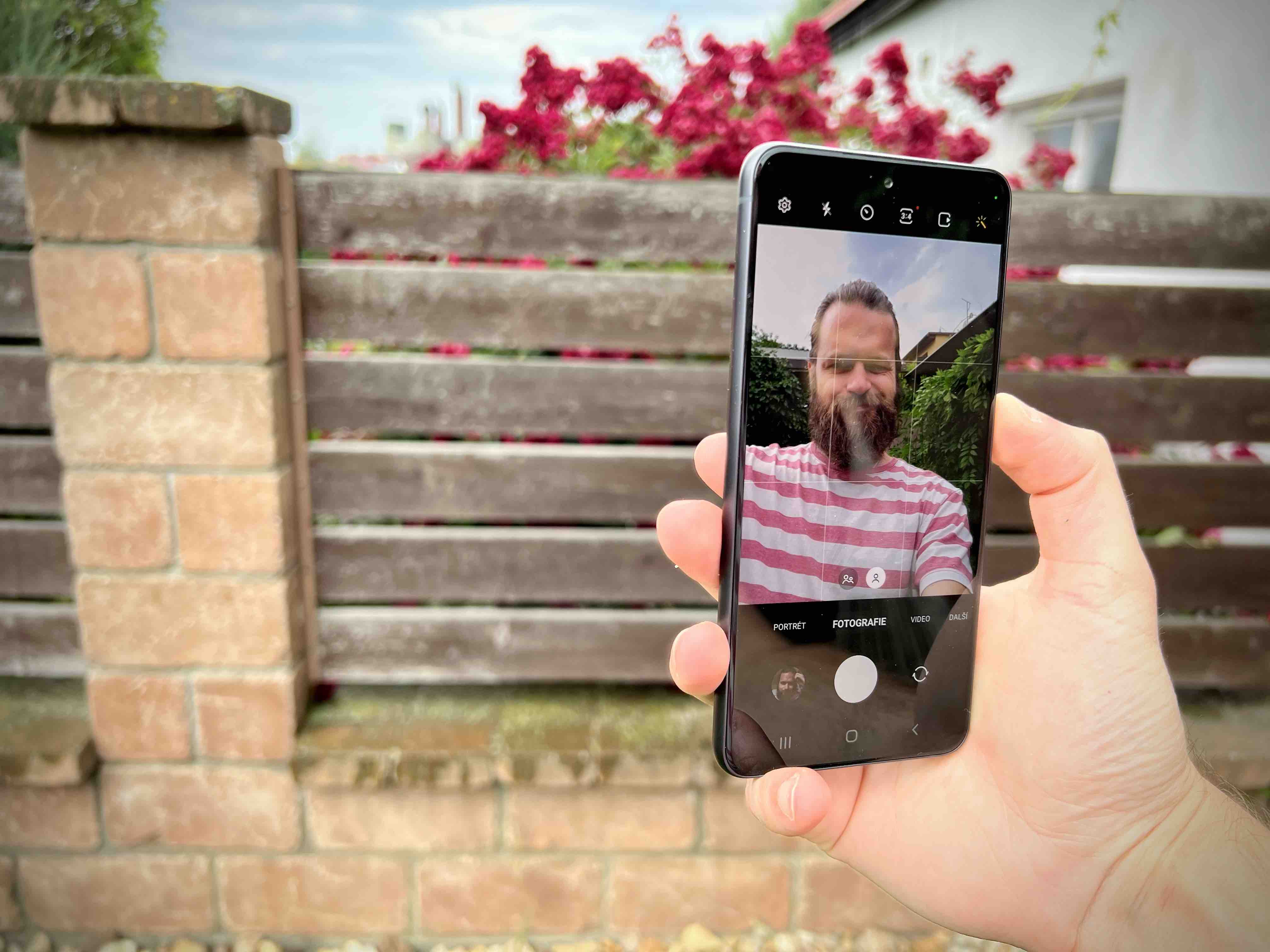
Automatic RAM cleaning
Each operating system also manages RAM differently. Android uses a memory management method called garbage collection. This process periodically removes items from memory that are no longer in use, thus freeing it up. System iOS however, it uses automatic reference counting (ARC), which automatically assigns a numerical value to objects in memory based on how many other objects reference them, and removes those whose value reaches zero.
Since garbage collection only periodically looks for unused objects, there can be a brief accumulation of useless information that overwhelms RAM. In contrast, ARC does not have this problem - individual unnecessary objects are removed from memory as soon as they are identified as unused. System Android it also restricts apps running in the background less than u iOS, so apps you don't actively use can on phones with the system Android stay in RAM easier than v iPhoneCh. System flexibility Android is one of the biggest strengths of this platform, but this flexibility can also require less efficient use of RAM.
You could be interested in
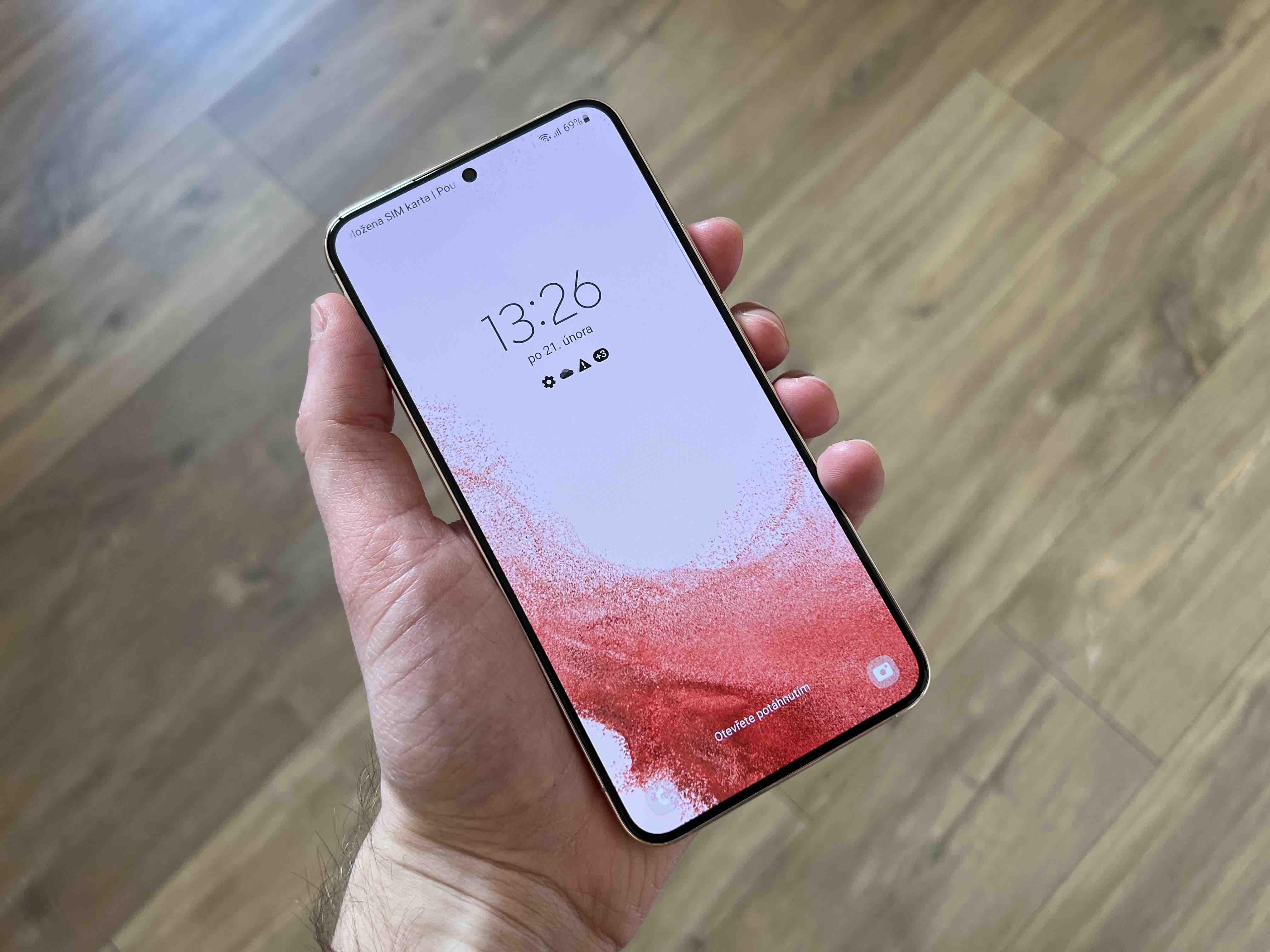
In the final, it doesn't really matter
Android a iOS thus, they have different RAM requirements because the two operating systems work differently. Android is more flexible than iOS, both in terms of what devices it can run on and how it can be used and enjoyed by developers themselves. However, such flexibility comes at the cost of higher RAM requirements to achieve similar performance to that found in iPhones. But given that iPhone 13 Pro Max for CZK 31 and Samsung Galaxy A33 5G for CZK 8 each have 990 GB of RAM, it is quite clear that the memory itself is not a very big factor affecting either the comparable performance of the device or the manufacturer's costs on its final price.
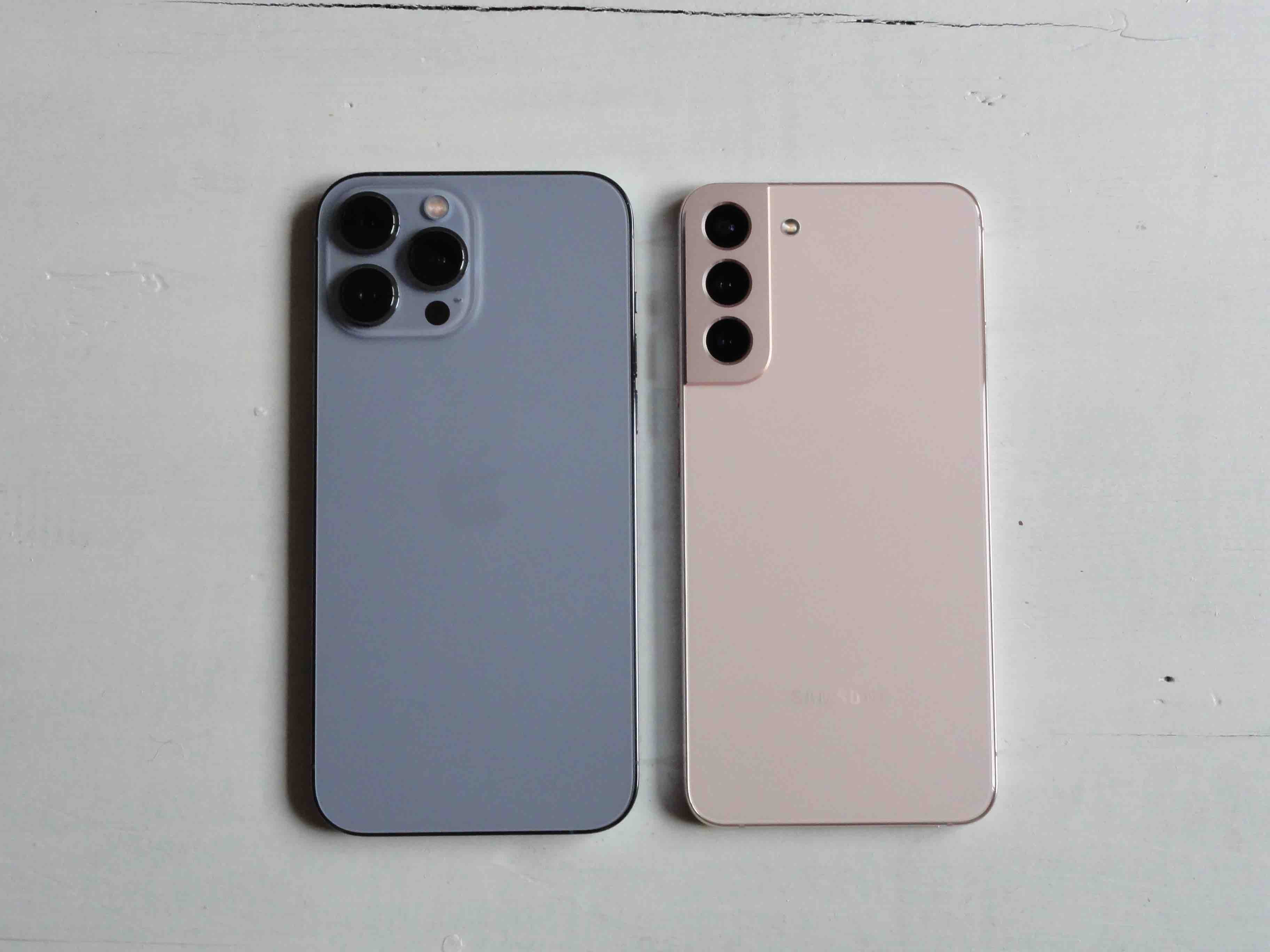
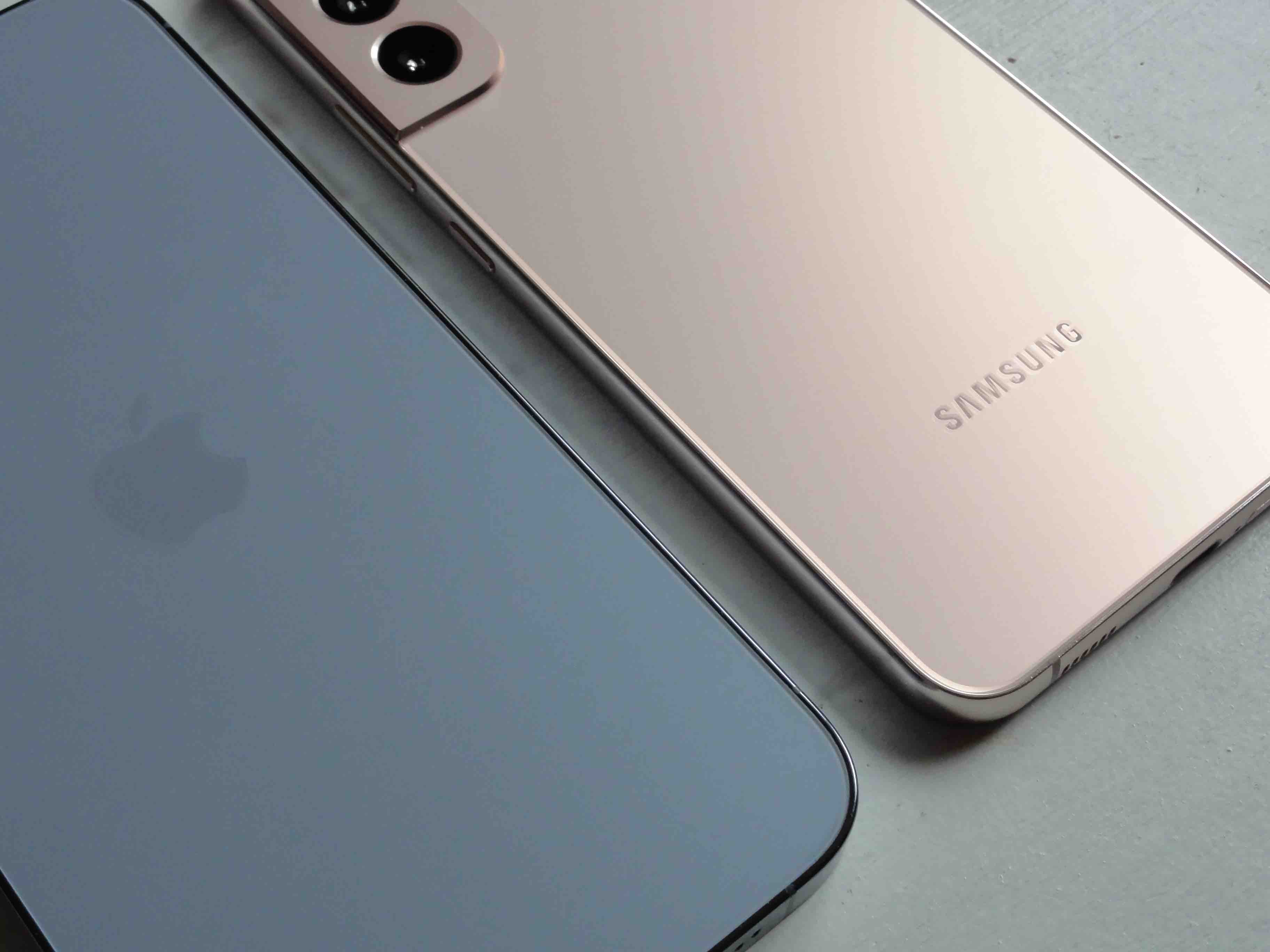
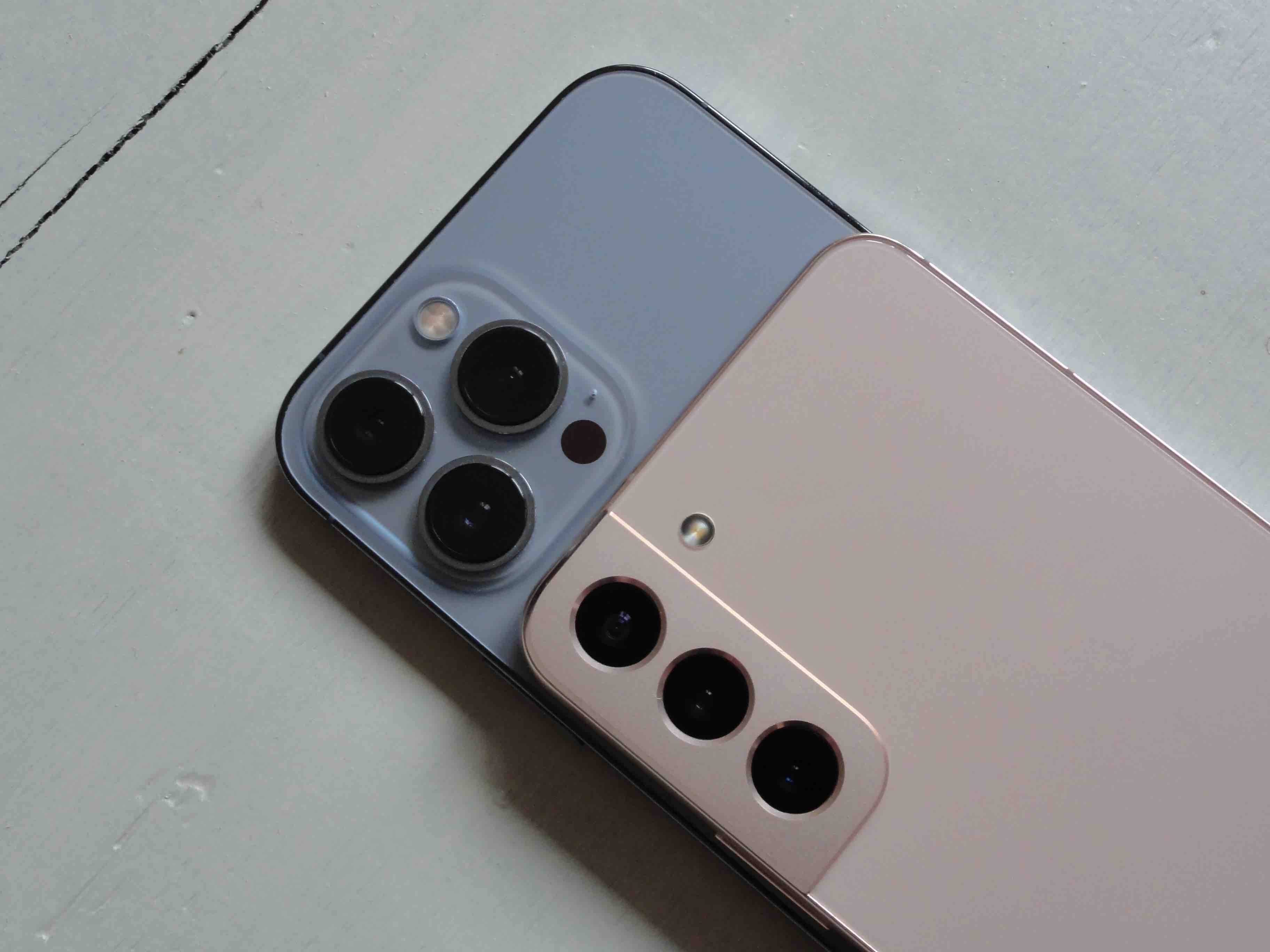
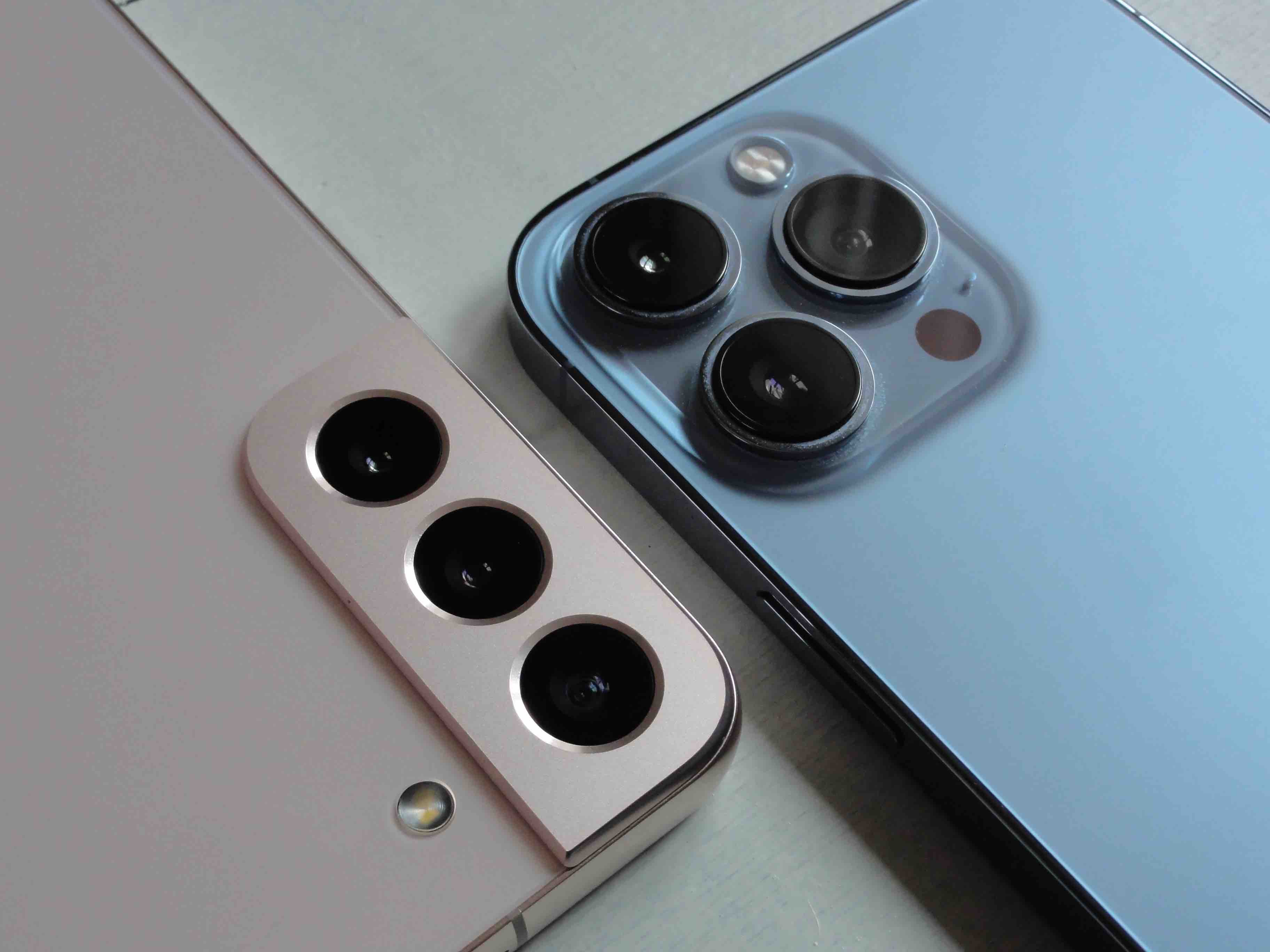

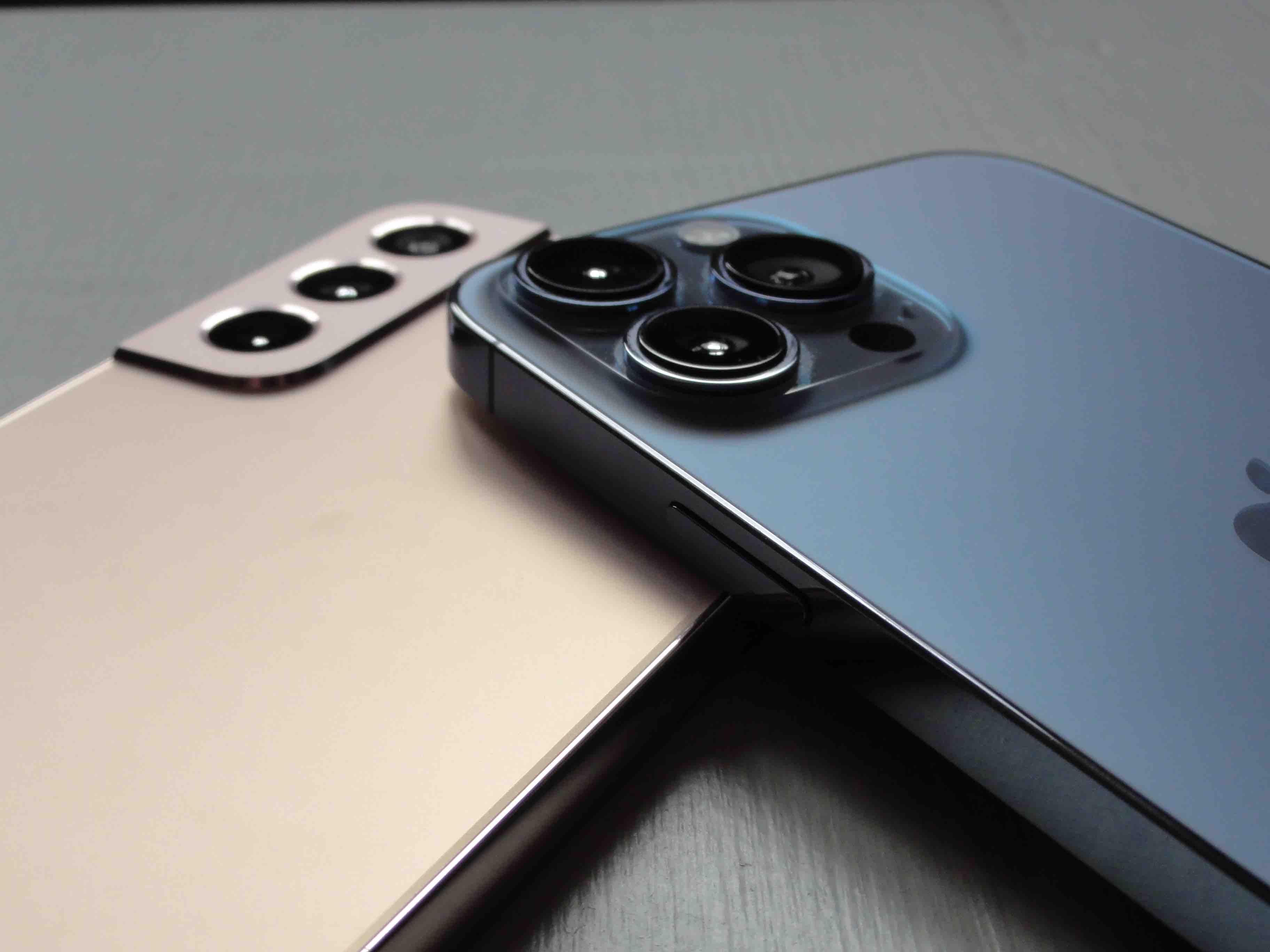
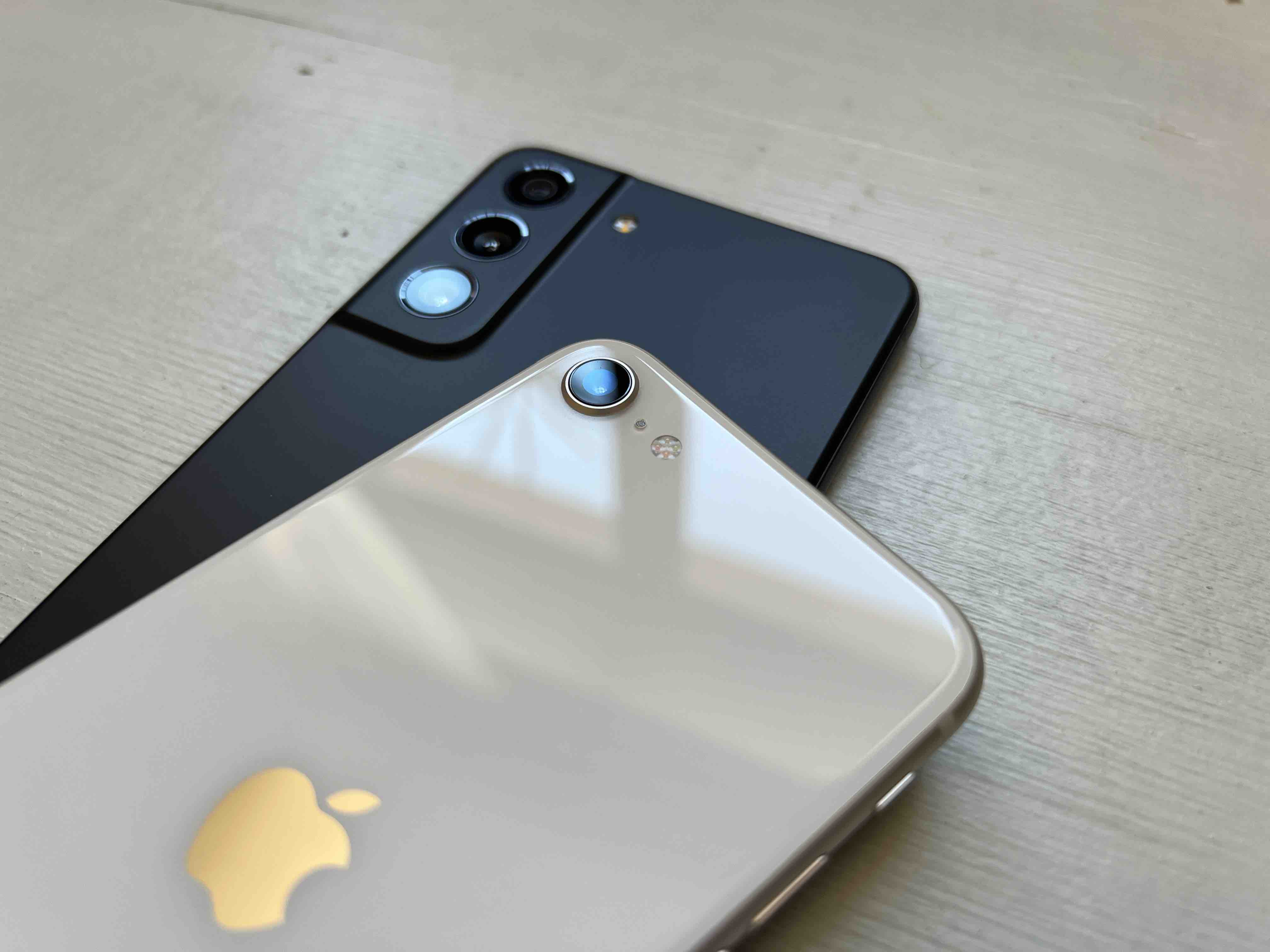
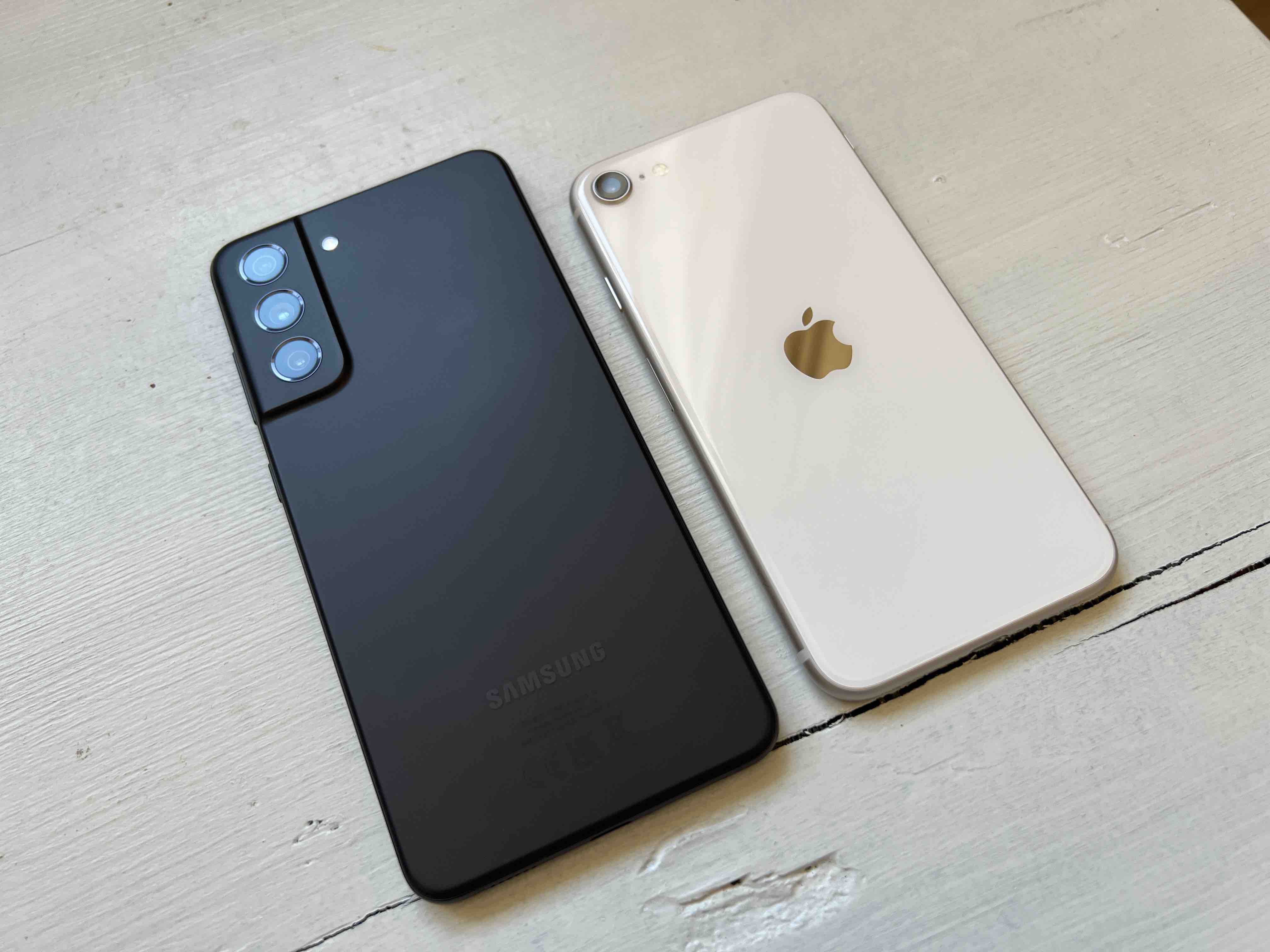
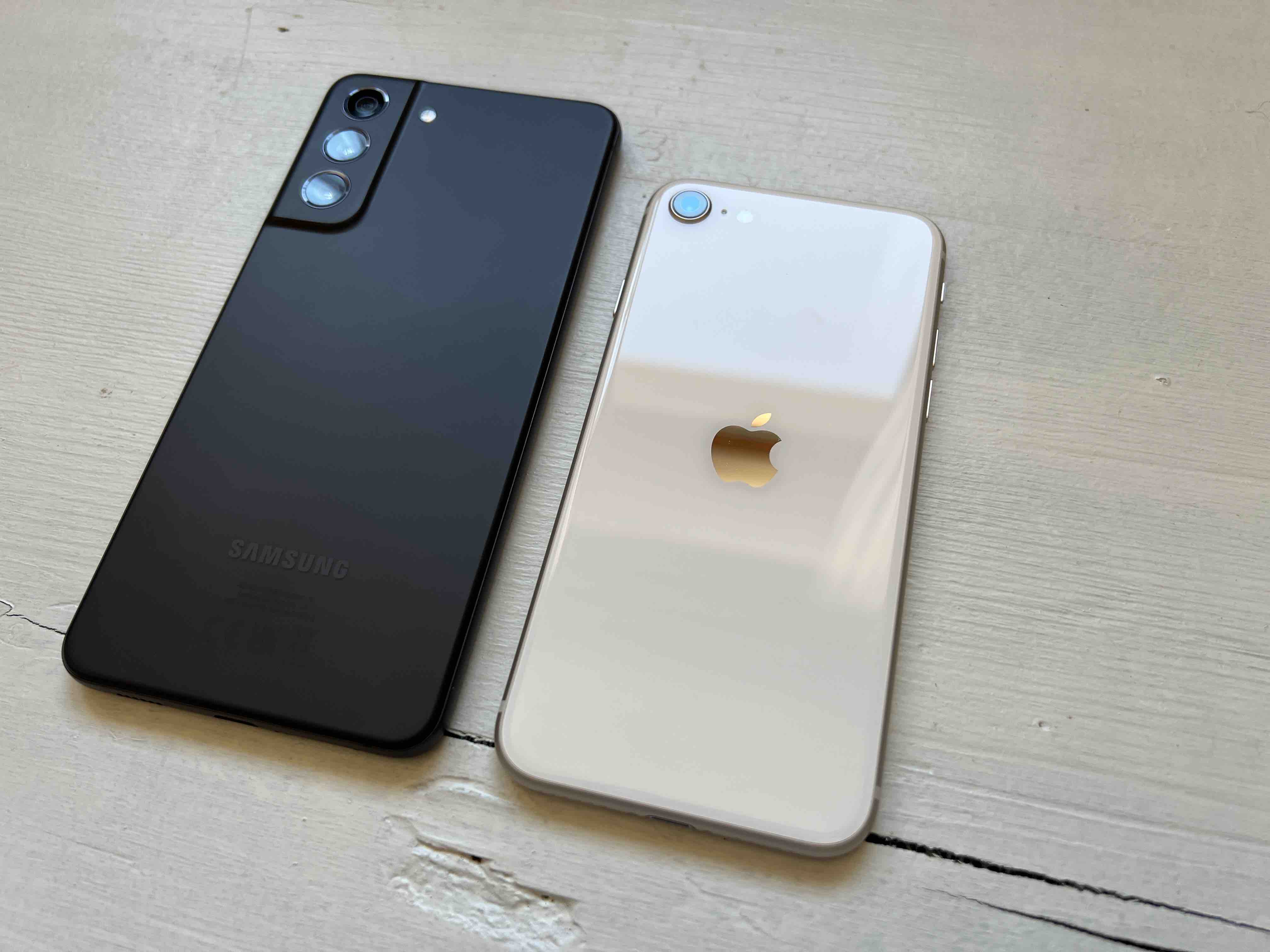
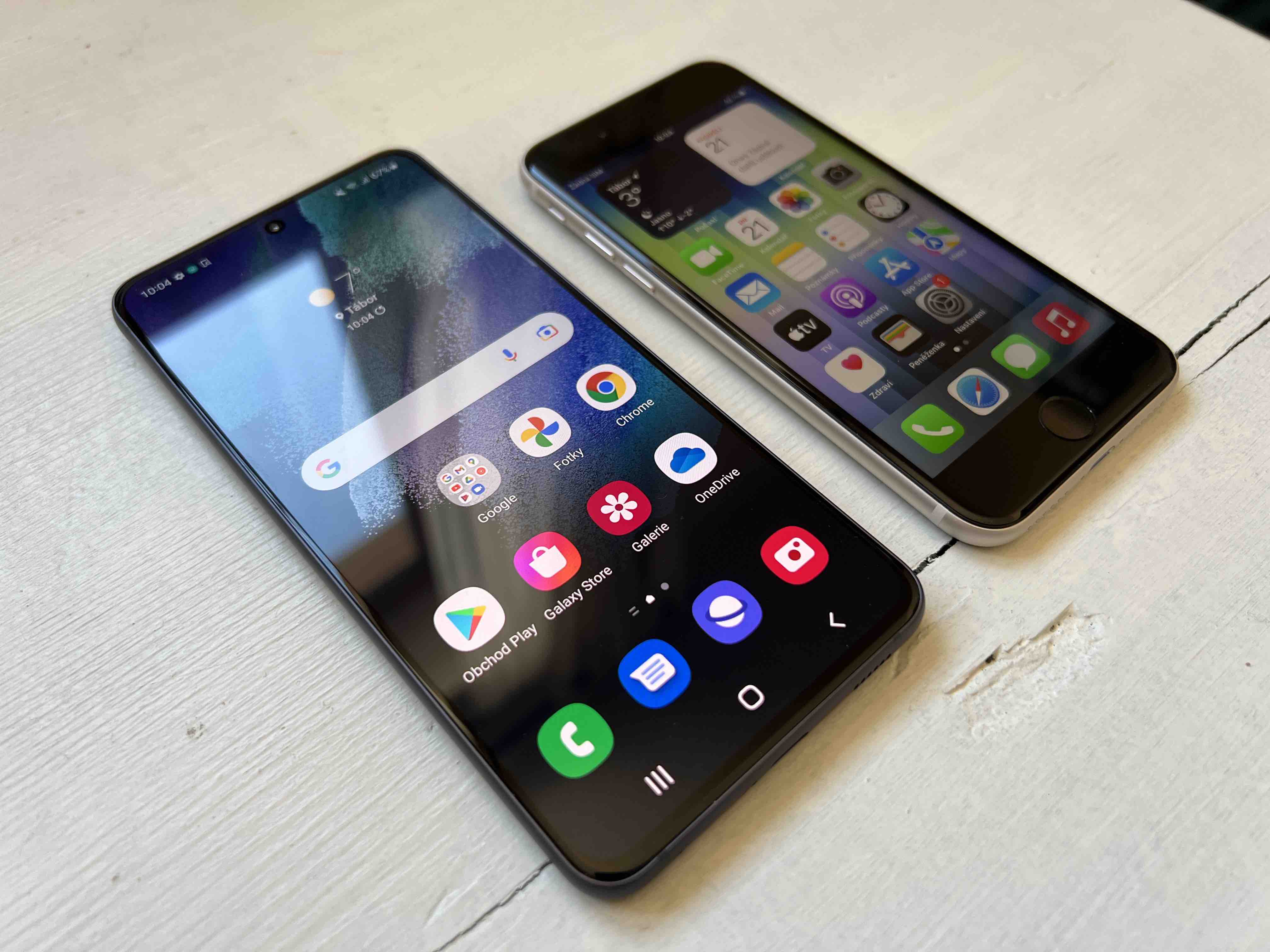
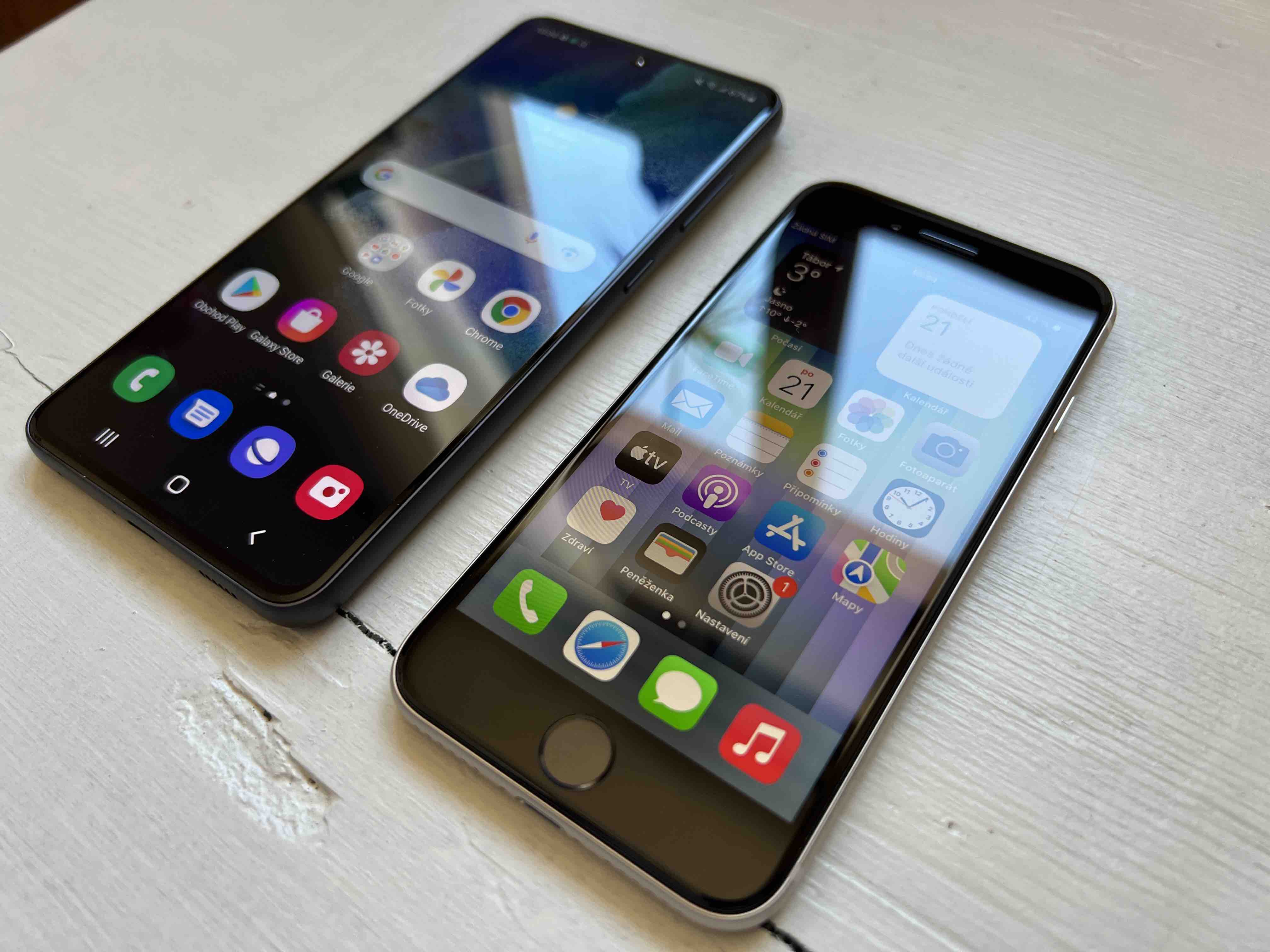

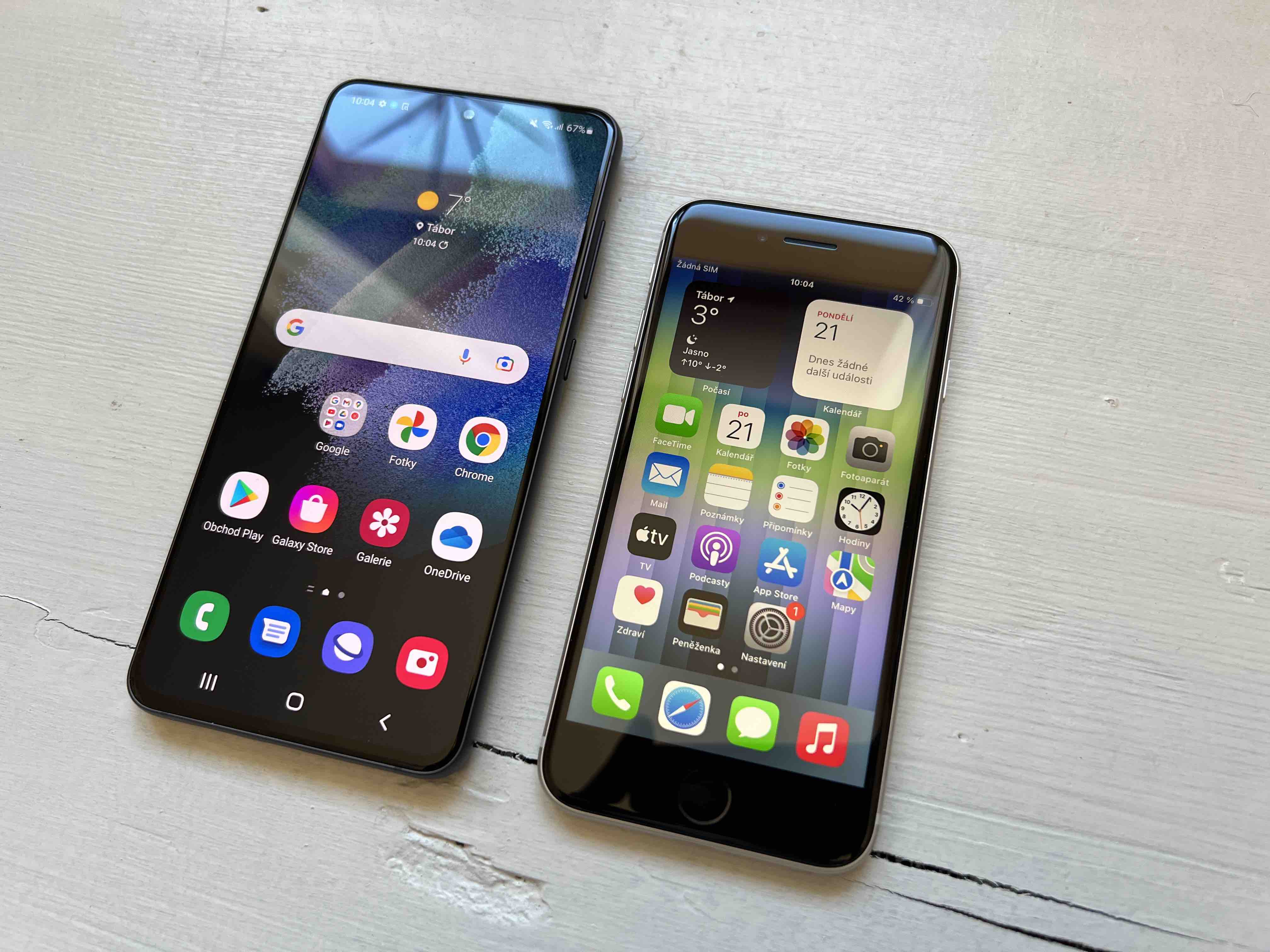
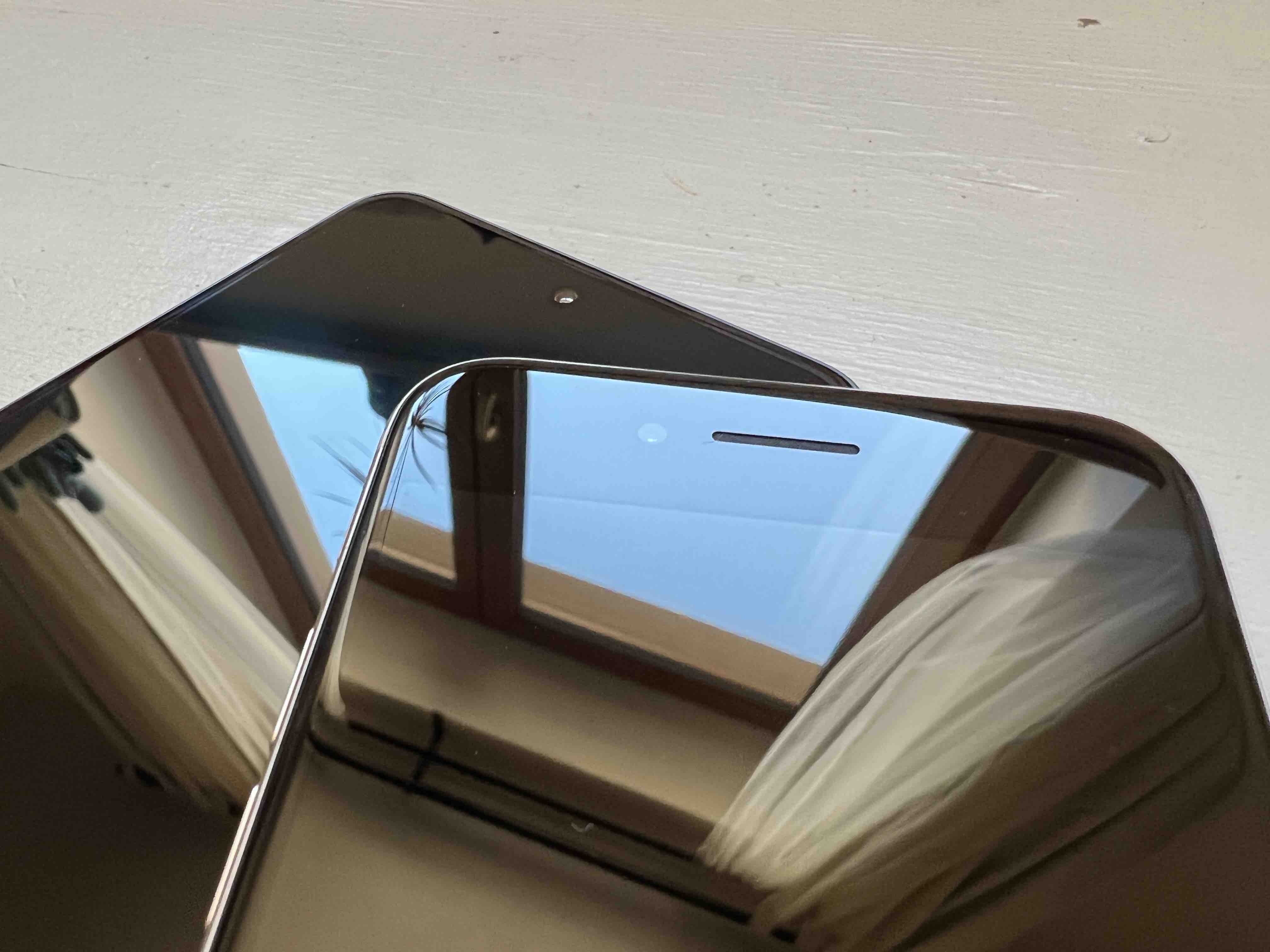
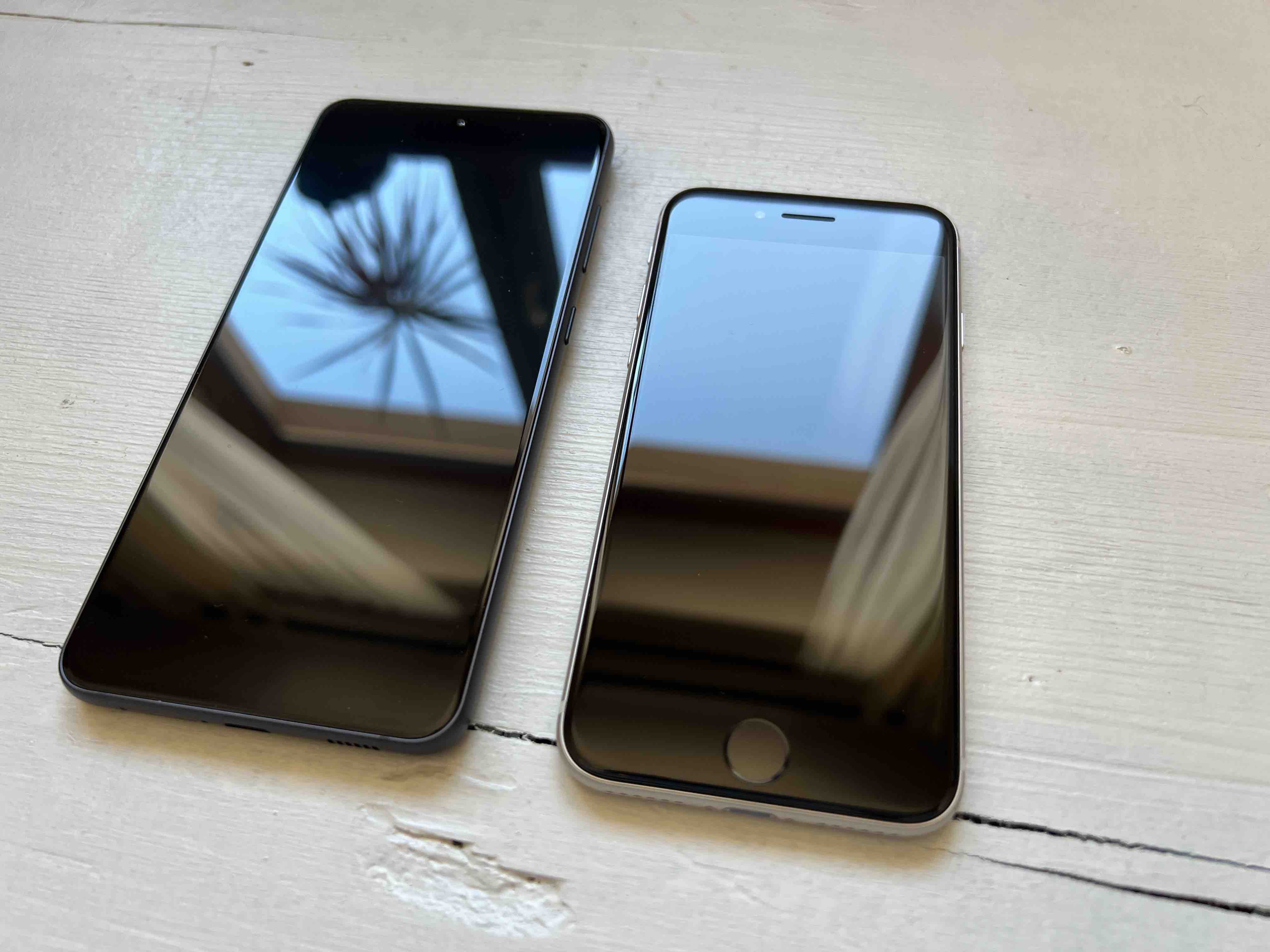















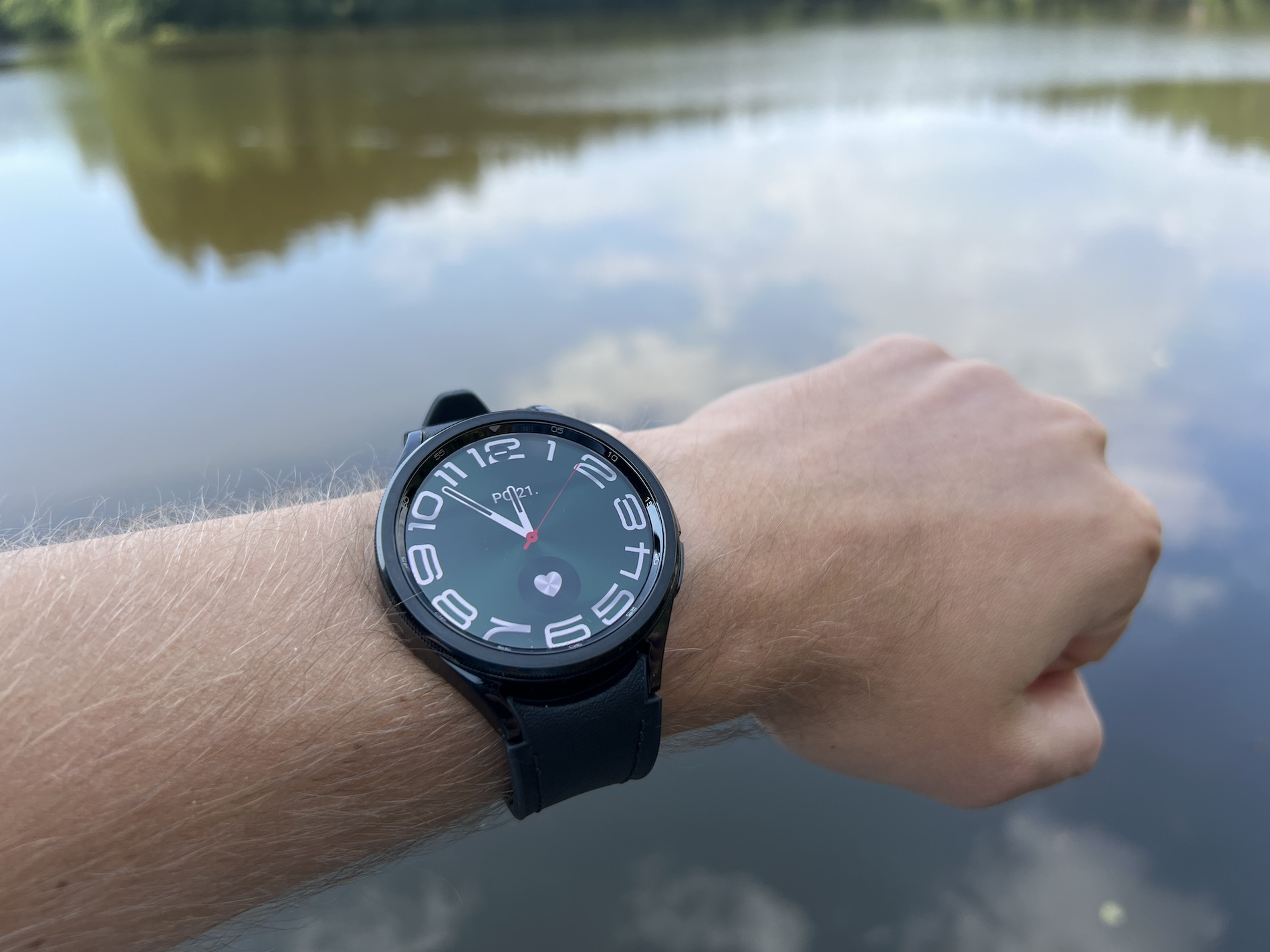
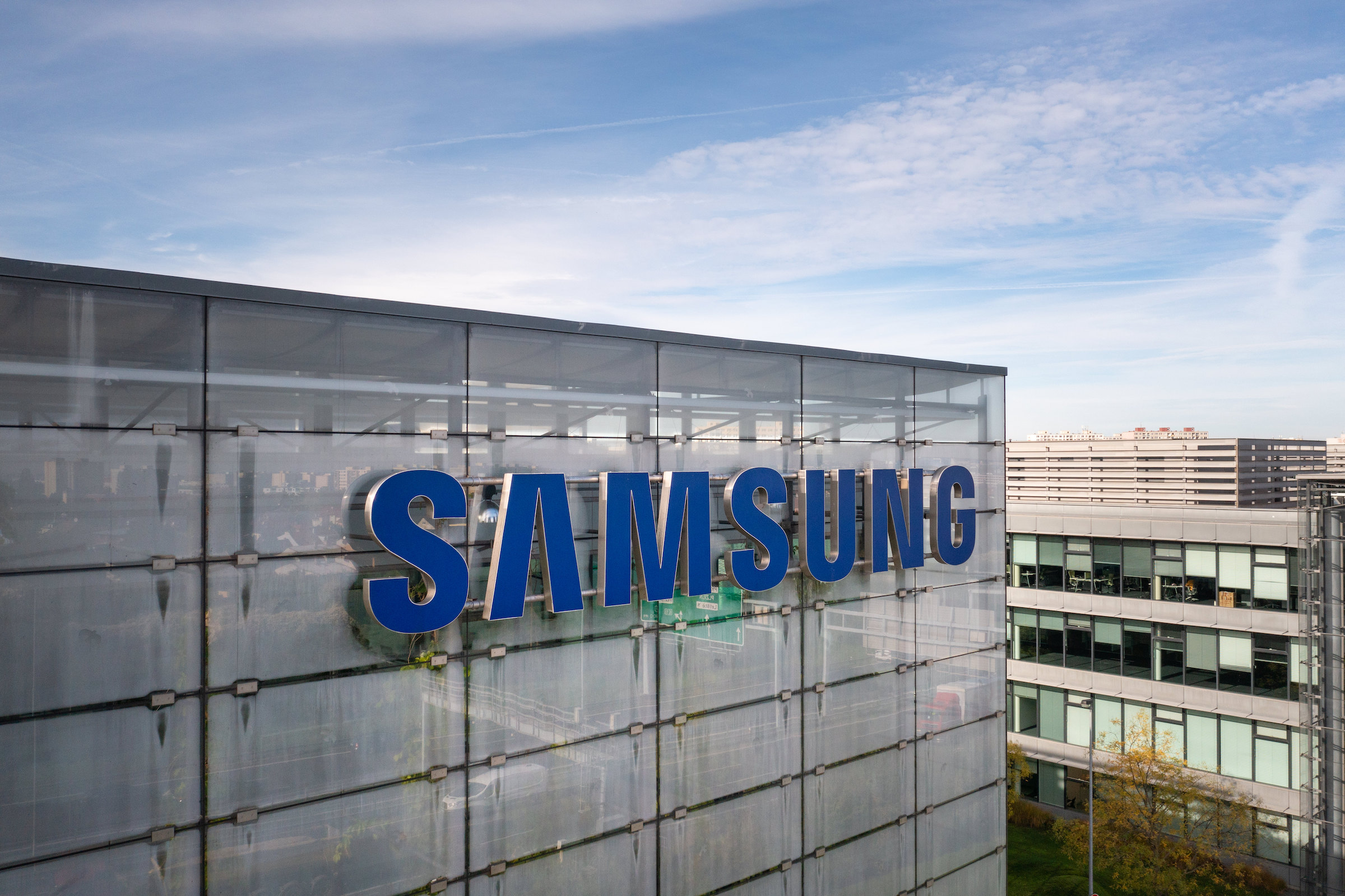
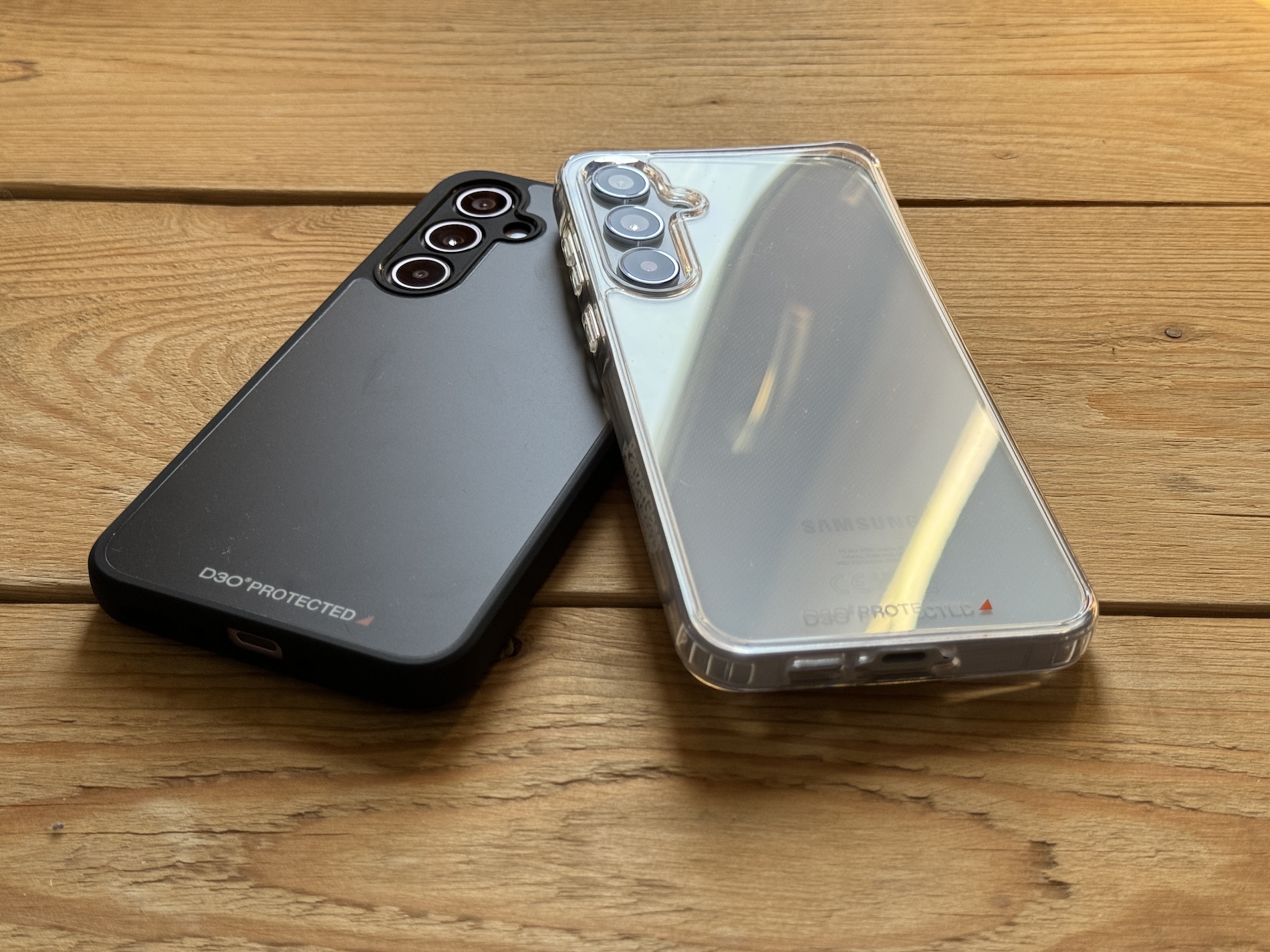
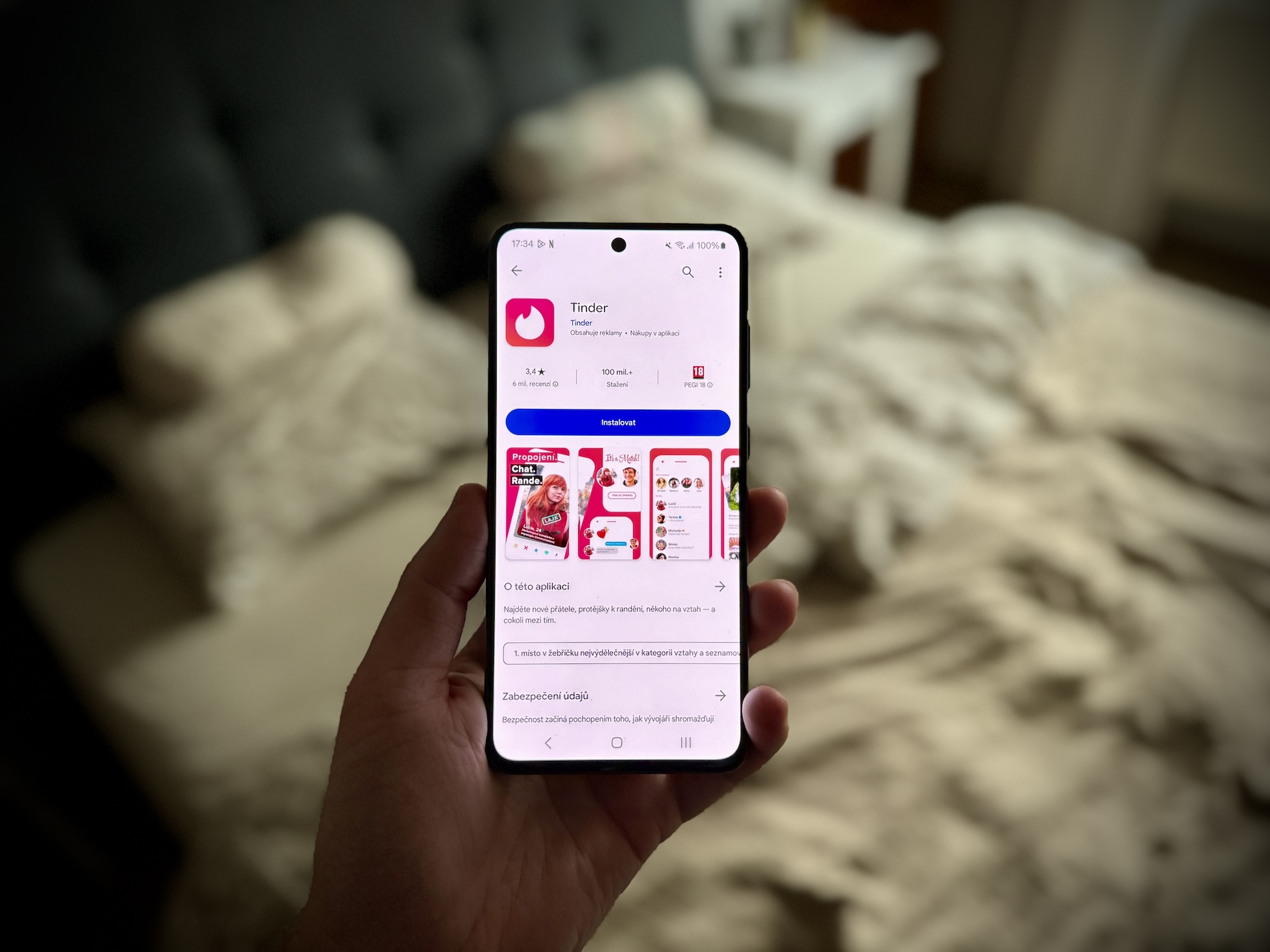
because ios is better optimized than android, ios it is simply a more stable and faster system. On ios I haven't had a single app crash yet, the speed is also great. I have iphone 13 base and I would carry it again. only 8 years ago android
Your comment is complete ngl shit
and mainly because of security, I went to ios
So you don't use a single third party app or the internet? Because that is also dangerous 😆.